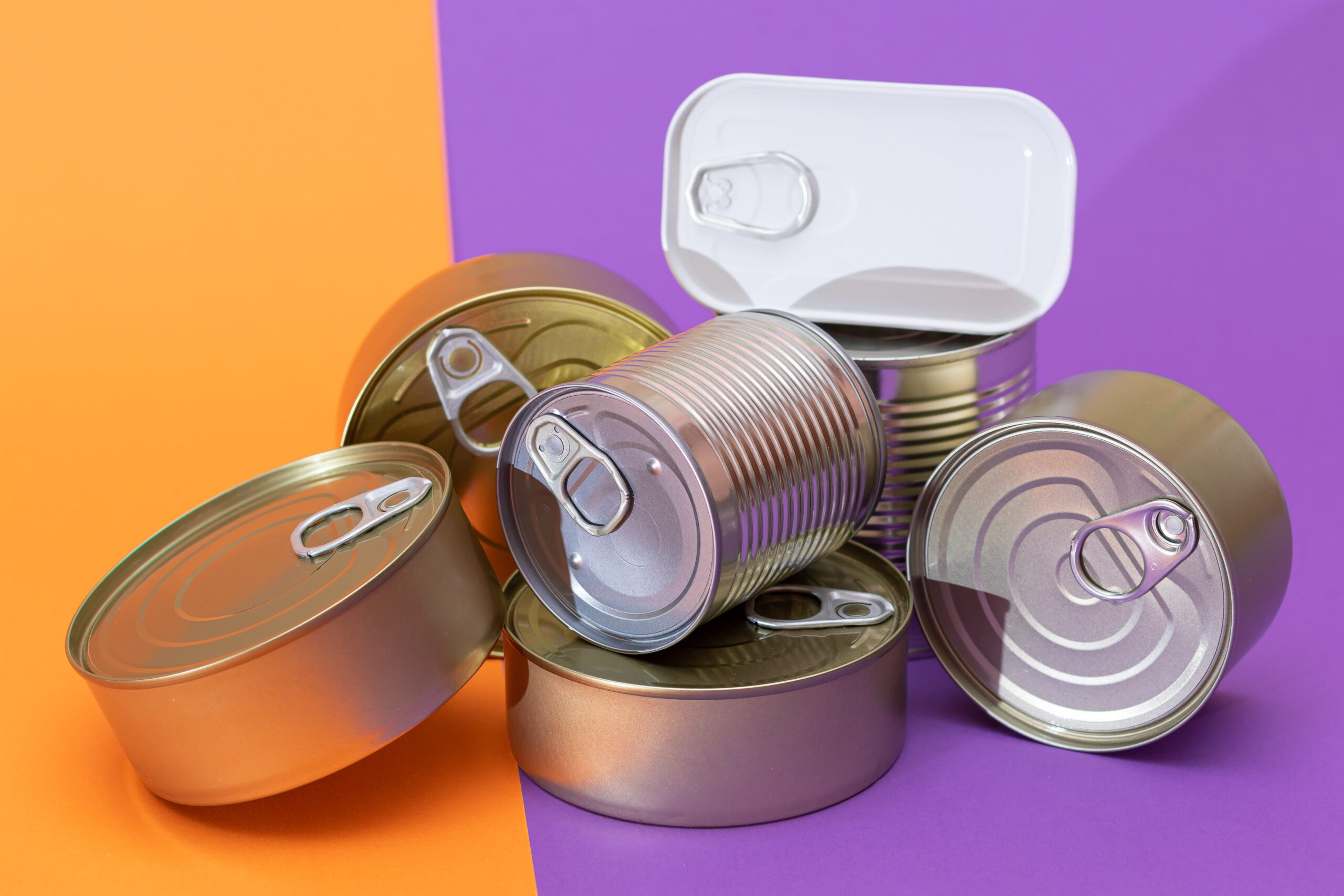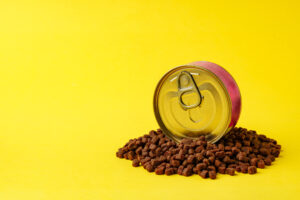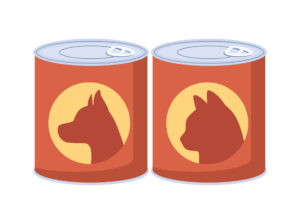
Taking care of your pet cat can be deeply rewarding yet requires you to handle little maintenance duties even if they weren’t apparent before ownership such as dealing with your pet’s waste output. Most cat owners who feed canned food want to know whether the cat food cans are recyclable or not. Untargeted public knowledge exists about environmental friendly waste management for pet-related supplies such as containers used for cat food.
The following guide provides decisive information about placing cat food cans in recycling bins versus regular trash disposal. This guide will provide complete information about cat food can recycling together with step-by-step instructions and relevant explanations about its importance.
What Types of Cat Food Cans Are Recyclable?
All cat food cans come with various manufacturing differences. The ability to recycle these products depends on the kind of materials they contain in addition to local recycling program services operating in your neighborhood. The standard materials used for making cat food cans include aluminum alongside tin-plated steel that can be easily converted into new products.
-
Aluminum Cans
Most recycling programs across the nation recognize aluminum cans for collection. Large brands use lightweight silver-colored cans operating as individual serving containers. The use of aluminum as a sustainable material remains excellent since 75% of the total aluminum production throughout history continues in operation (Aluminum Association).
-
Tin-Plated Steel Cans
The bigger sizes of cat food containers typically use tin-plated steel as their manufacturing material. Additional steps like label removal are necessary before the recycling process of these containers. The Steel Recycling Institute declares steel as North America’s leading recyclable packaging material due to its annual recycling rate reaching 70 percent.
-
Specialty Packaging
Cat food package manufacturers use flexible pouches together with mixed material containers. Standard recycling facilities reject these items because their complex processing requirements.
How to Properly Recycle Cat Food Cans
We now understand steel and aluminum cans are suitable for recycling yet we need to know proper steps before recycling them. Proper preparation maintains the materials in reusable state instead of sending them to the landfill. A simple process will help you recycle your cat food cans in an appropriate manner.
-
Rinse the Can
Food waste in recycling materials corrupts mixed batches which reduces their effectiveness. After removing the entire content you should rinse the can lightly then move it to the recycling container. Washing the cans with warm water eliminates the need for using soap.
-
Remove the Lid
After separating the lid remove it and rinse both components. Each part of the cat food packaging remains recyclable although they need distinct recycling processing.
-
Check Local Recycling Rules
You should verify with your local recycling program about cat food can acceptance because these policies differ from one area to another. Review specific guidelines which determine if label removal is necessary during recycling.
-
Don’t Flatten the Cans
Cat food cans should remain intact since aluminum soda cans are incompatible for crushing. Intact cans are the preferred item for machines operating in recycling centers.
-
Dispose of Non-Recyclable Components
The packaging of specific cat food cans usually contains both plastic liners and plastic covers. Items that your recycling center is unable to process should be thrown away as trash when your area has no explicit guidelines about recycling those items.

The Recycling of Cat Food Cans holds Major Importance
The practice of recycling cat food cans extends far beyond merely cutting down waste accumulation. The act of recycling helps prevent depletion of natural resources and decreases greenhouse gas emissions that result from new material production processes. A detailed analysis follows to explain the essential nature of this matter.
- Recycling aluminum requires 95% less energy than producing fresh aluminum from natural sources (EPA).
- The constant recycle of steel and aluminum cans maintains their quality without any deterioration as they never degrade throughout the process.
- The global landfill storage totals 100 million tons of aluminum and steel packaging each year. Recycling reduces that number significantly.
A single recycled cat food can enables the saving of enough energy to run a light bulb for 20 hours or to perform one cycle of your dishwasher.
Fun Fact
Did you know? The shelf life for aluminum cans between recycled products and new products amounts to just 60 days.
Recycling FAQs for Cat Food Cans
Q: Do I need to remove the paper labels from cat food cans?
A: The paper labels on cat food cans require removal before recycling but modern facilities treat both the cans and their labels as recyclable materials.
Q: Can I recycle pull-tab lids from cat food cans?
A: Yes! Pull-tab lids that are attached to smaller can containers consist of recyclable materials found in the standard can structure. Just remember to rinse them.
Q: What should I do with non-recyclable cat food packaging?
A: You should follow the best recycling practices for cat food packaging which refuses to recycle.
Q: What should I do with non-recyclable cat food packaging?
A: Categories of cat food packaging that include pouches or multiple materials should be recycled through TerraCycle because they operate specialized programs focused on non-recyclable items.
Q: Can used containers be considered safe materials for projects and feeding pets?
A: It is acceptable to use cans in creative projects but your pet should not eat directly from used cans because age-related changes create hazardous edges.

Creative Ways to Repurpose Cat Food Cans
Check for alternative ways to reuse cat food cans because recycling services may be unavailable. These practical instructions show various simple methods to give cat food cans new purposes.
- Aluminum food cans function as miniature potting containers which work well for succulent and herb cultivation.
- Decorate the exterior of the can then use candle holders to display tea light candles.
- The cleaned cans function as efficient organizers that keep your desk assortment including paperclips and rubbers alongside push pins.
- Pet Toy Holders represent an ideal storage solution for your cat’s toys when you place them inside an emptied can.
Wrapping It Up
The recyclability of cat food cans enables you to make environmental impact by adding this habit to your regular routine. Curbside recycling programs acknowledge aluminum and tin-plated steel cans when they receive proper cleaning and preparation treatment. Check the safety of your pet food packaging before selecting eco-friendly options when available.
Additional sustainable pet care recommendations exist beyond this information. Our other guides are available and this page serves as a bookmarking opportunity to receive continuous updates. Our collaboration will establish better environmental prospects for pets and Earth.
Leave a Reply